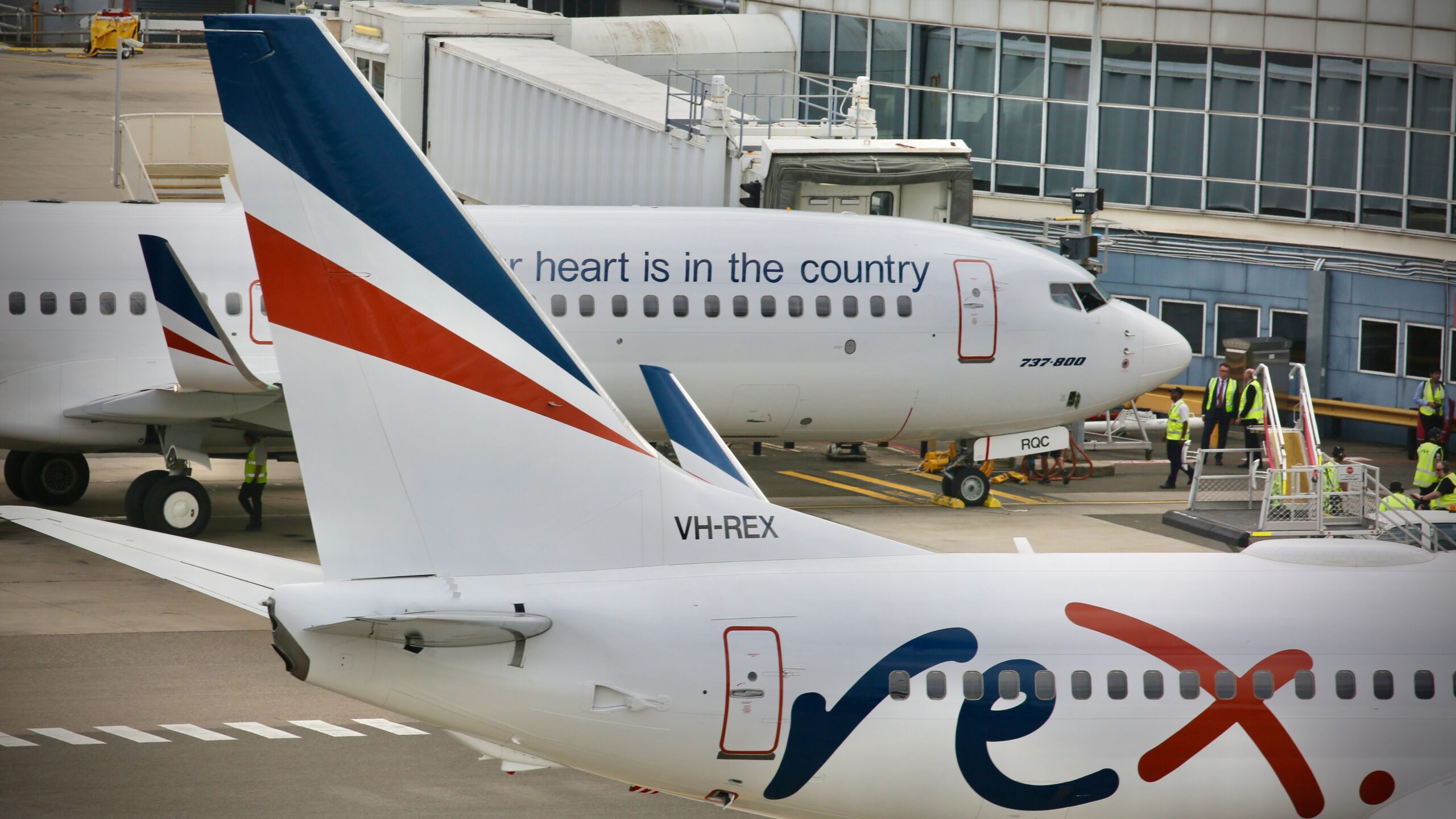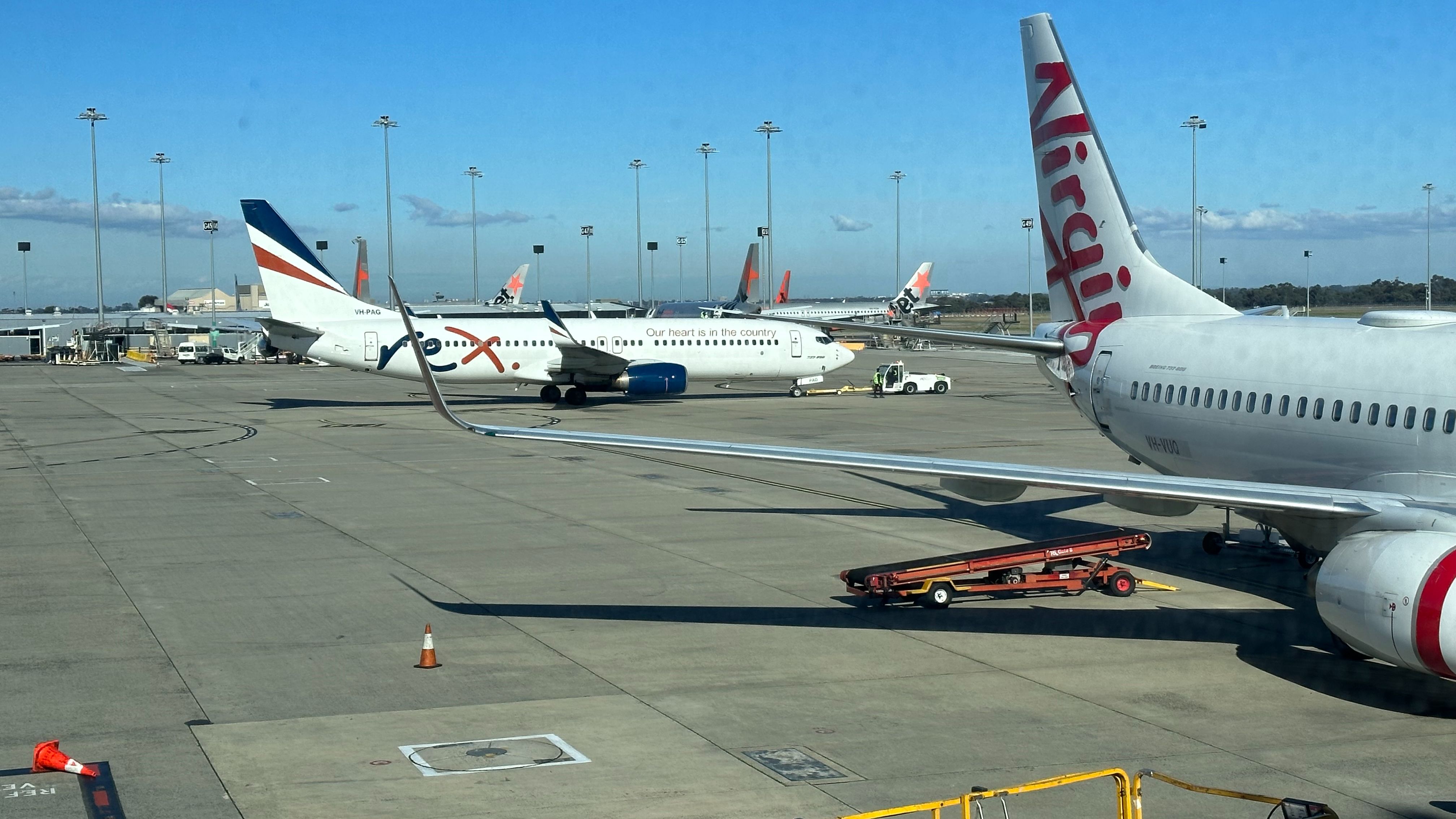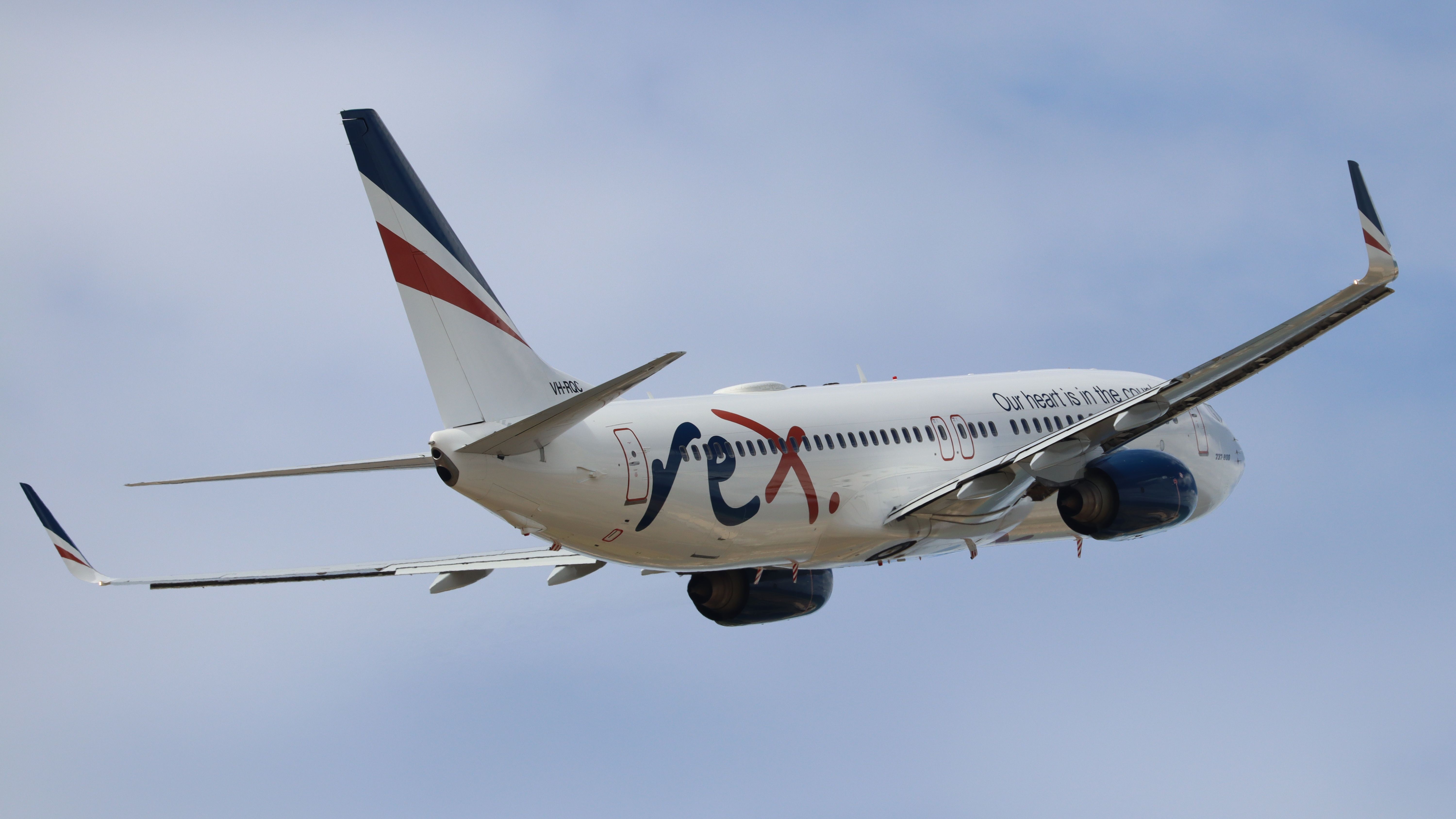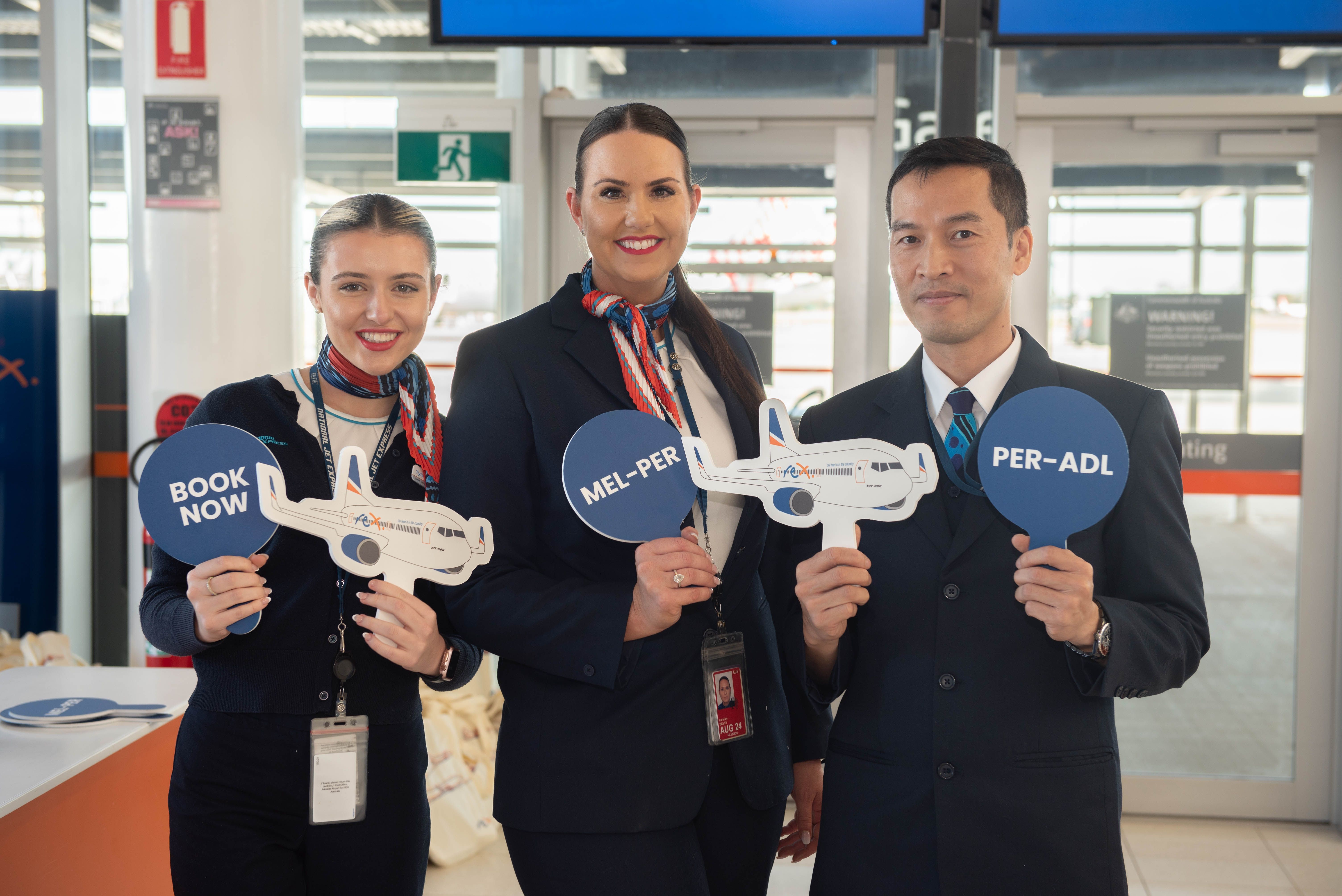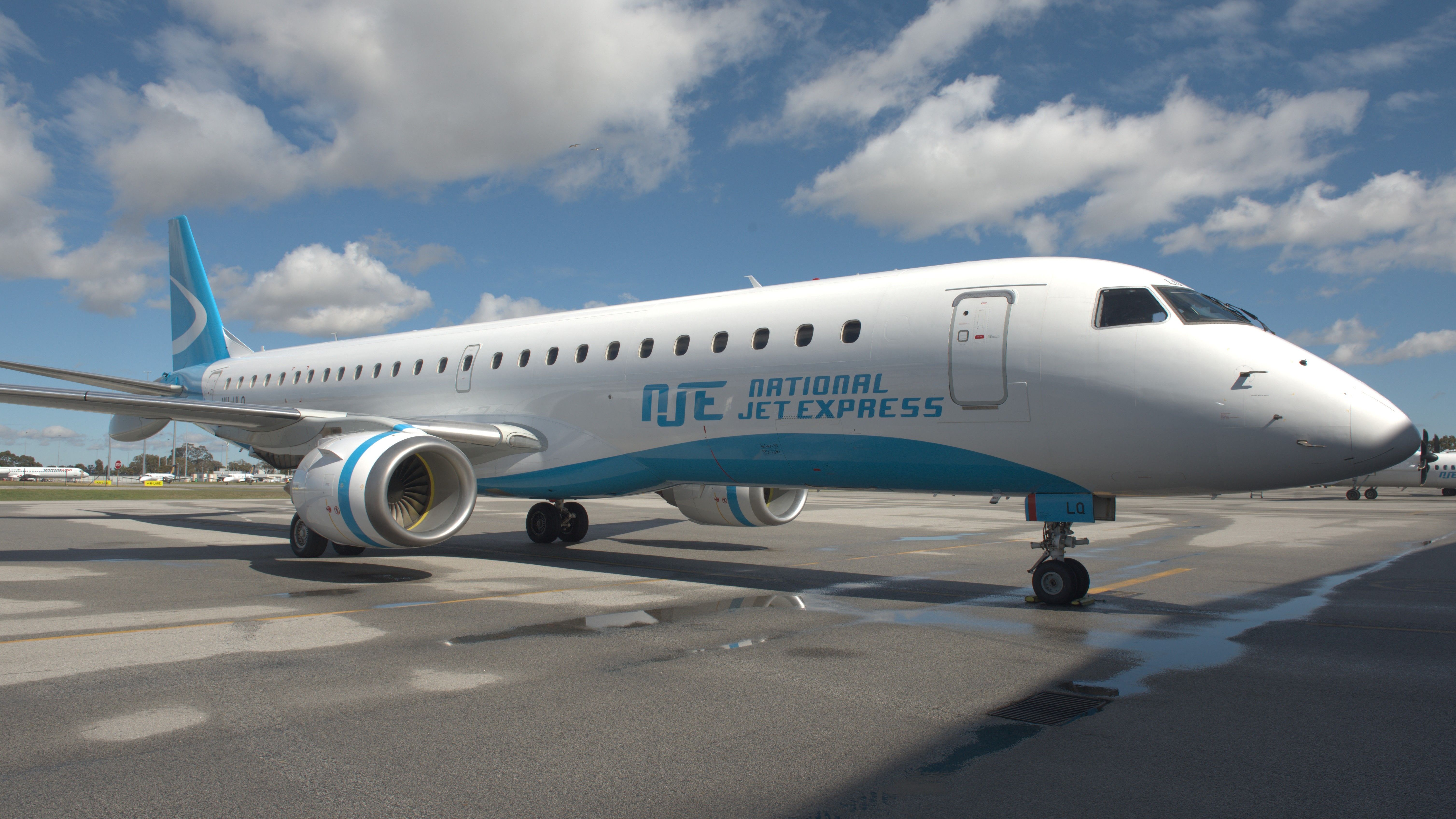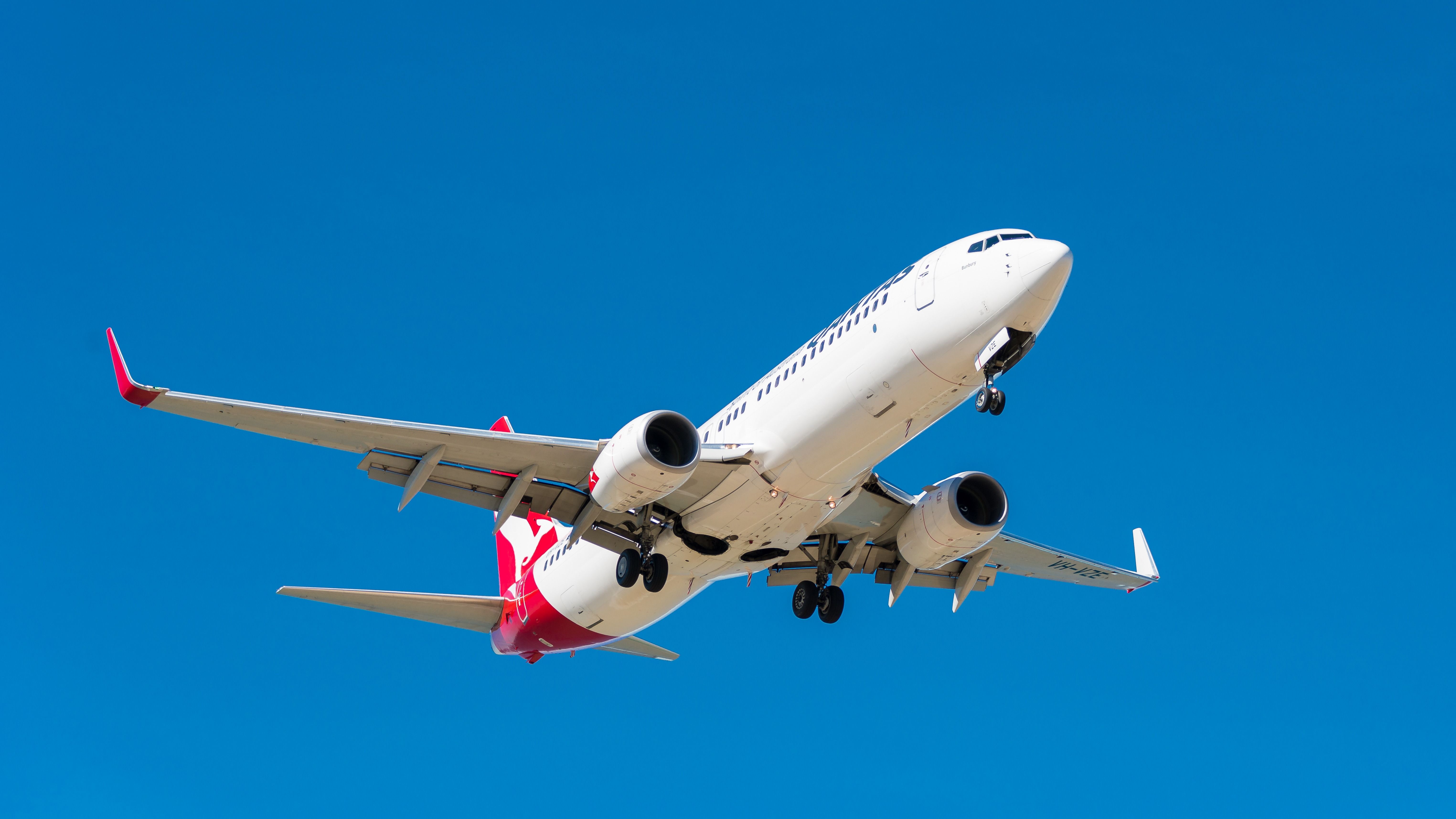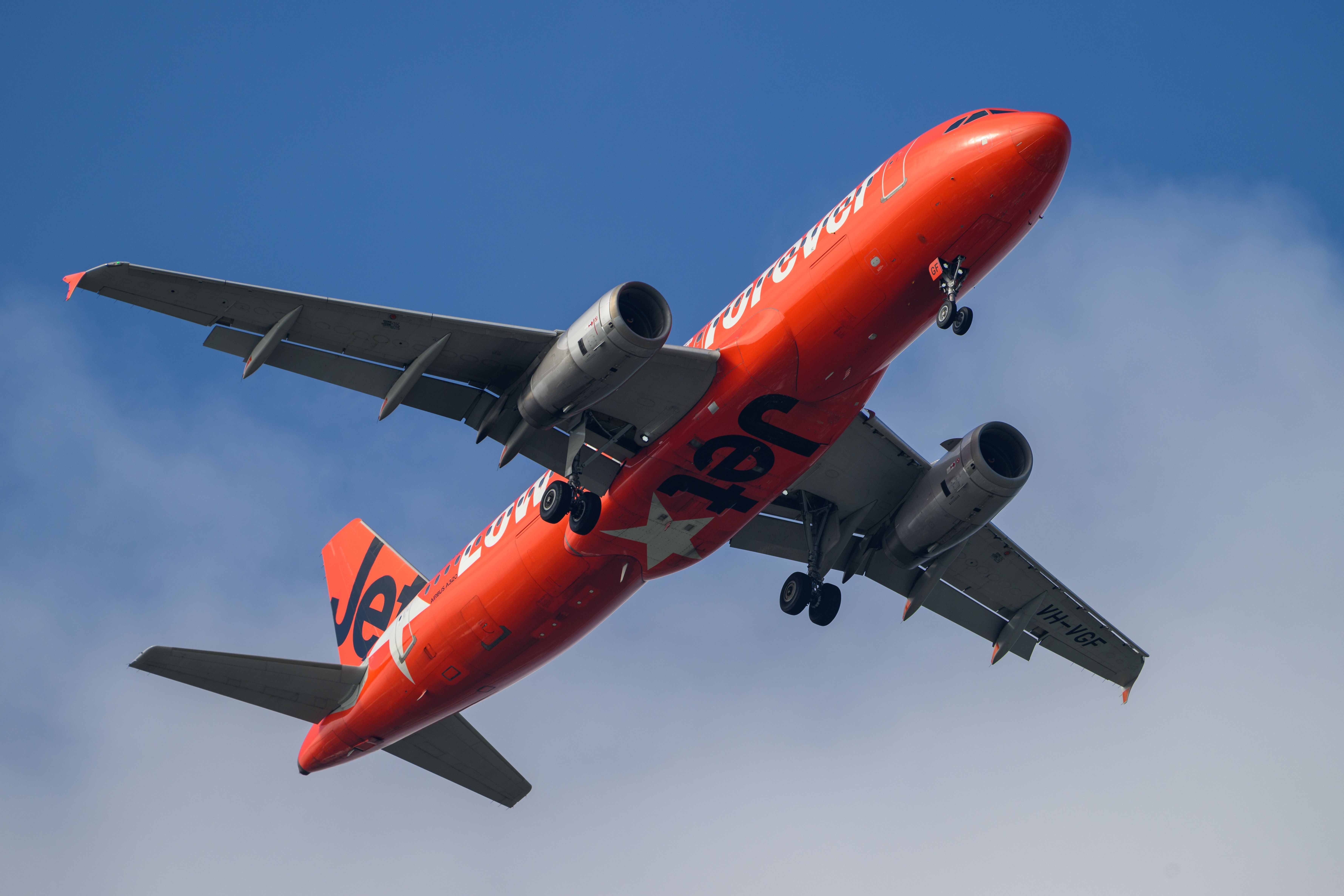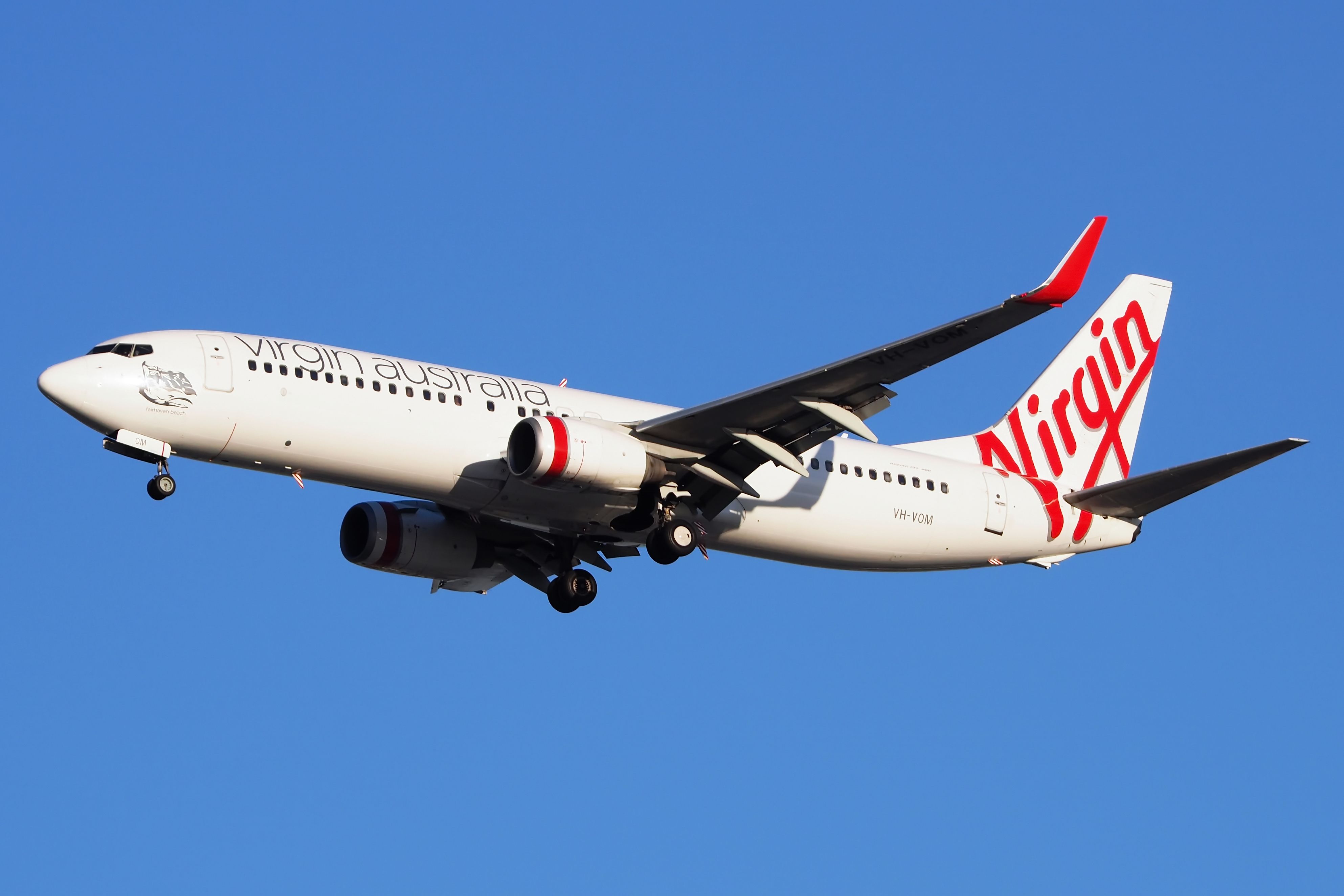Summary
- Rex thrives in the competitive Australian market, becoming the nation’s most reliable airline with a fleet of 737s and Saab 340 turboprops.
- Rex launched its 11th domestic route, its first transcontinental service from Melbourne to Perth, adding 90,000 seats annually.
- Rex’s reliable performance has spurred on larger airlines to improve their on-time rates, with the airline canceling far fewer flights than its rivals.
In the depths of COVID-19, the leadership team at Australia’s largest regional airline, Rex, decided it would be a good time to add to their fleet of Saab 340s and launch mainline domestic jet services using Boeing 737-800s, its first foray into jet operations.
A tough market to crack
The Australian domestic market is fiercely competitive and has historically not been kind to new entrants, as the recent demise of low-cost carrier Bonza highlights. The three dominant airlines, Qantas, Jetstar and Virgin Australia openly say they will not cede 1% of market share and have the prime time slots all wrapped up at the nation’s hub, Sydney Kingsford Smith Airport (SYD).
Photo: Michael Doran I Simple Flying
On March 1, 2021, Rex launched its first 737 domestic route from Melbourne to Sydney, once the world’s second busiest and second most profitable airline route. Fast-forward three years, and not only has Rex survived in this jungle, but it has thrived, going from no jets to a fleet of nine 737s flying to eight major destinations across Australia.
According to official government reports, it has been Australia’s most reliable airline for more than a year, growing market share despite being plagued by supply chain issues and pilot poaching. It has launched in all of Australia’s major cities, with scheduled flights to Brisbane, the Gold Coast, Sydney, Canberra, Melbourne, Hobart and Adelaide.
Photo: Rex
On Friday, Rex took a giant leap forward when it launched its 11th domestic and first transcontinental service from Melbourne to Perth, the capital city of Western Australia. This is the eighth domestic jet destination on the Rex network, which also includes around 56 regional destinations served by its fleet of 58 Saab 340 turboprops. Rex’s last frontier will be a connection to the Northern Territory capital city, Darwin.
On June 28, Simple Flying was onboard Rex flight ZL873 when it departed Melbourne Airport (MEL) at 20:30 and, after a 4:04-hour flight, landed at Perth Airport (PER) at 22:34. The 1,681-mile flight was operated with a 2010 Boeing 737-800, registration VH-RQP and MSN 37822, one of nine in the Rex domestic fleet, that generally operates in Melbourne, Sydney, Hobart and Adelaide.
Photo: Rex
Simple Flying was also on the return flight ZL874, which departed Perth at 00:13 on Saturday and arrived at Melbourne Airport one minute early at 05:29. The new service will operate five times weekly and add close to 90,000 seats annually between Melbourne and Perth.
Rex General Manager Network Strategy Warwick Lodge said the new route is great news for business, trade, tourism and travelers, adding:
“When more airlines compete on a particular route consumers benefit and our record in the domestic market speaks for itself – Rex delivers great value for money. Rex consistently outshines its domestic rivals in on-time performance and cancellation rates, and when travelers are booking a route of this distance and duration reliability is paramount.”
Earlier in the day, Rex launched services between Perth and Adelaide, utilizing Embraer E190 jets and crews from National Jet Express (NJE), a fellow Rex Group airline. Rex flight ZL212 departed Perth at 12:06 and, after a 2:23-hour flight, landed at Adelaide Airport (ADL) at 25:59.
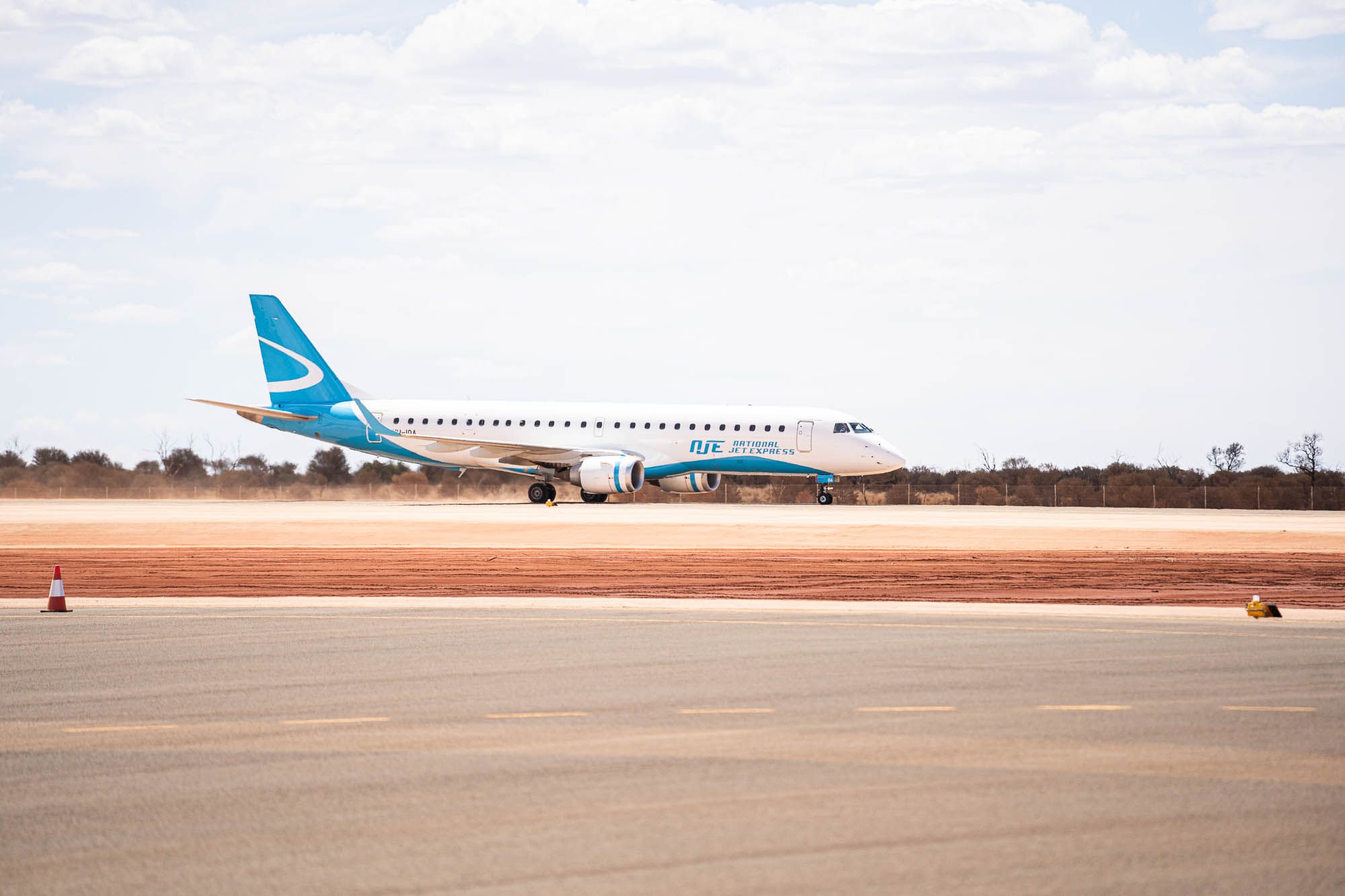
Related
Rex Group’s National Jet Express Adds 7th Embraer E190 To Its 9 Dash 8-Q400s
Rex is steadily adding Boeing 737s, Embraer E190s and de Havilland Dash 8s to its group airlines as it expands across multiple airlines and sectors.
The Embraer E190, registration VH-ULB and MSN 19000190 left Adelaide at 17:14 and, with less favorable winds, took 3:15 hours to arrive in Perth, landing at 18:59. The NJE E190s spend most of their time ferrying Fly-In Fly-Out workers to remote mining and resource locations, so the Rex Group is rightsizing the route to match its available resources.
Photo: NJE
This story is being written ‘on location’ as I traverse the southern regions of Australia on the flight eastwards, and I am using the Rex onboard WiFi system to connect to the Simple Flying publishing system. The system is easy to use and worked without a hitch on the flight from Melbourne to Perth and again on this return flight.
Rex the Reliable
For more than a year, Rex has been Australia’s most reliable airline, canceling far fewer flights than any other airline operating in Australia’s domestic market. The long-term average for cancelations is 2.2%, and Rex has been consistently lower than that, even during the dark and early days of the recovery when some airlines moved into double-digit cancelation rates.
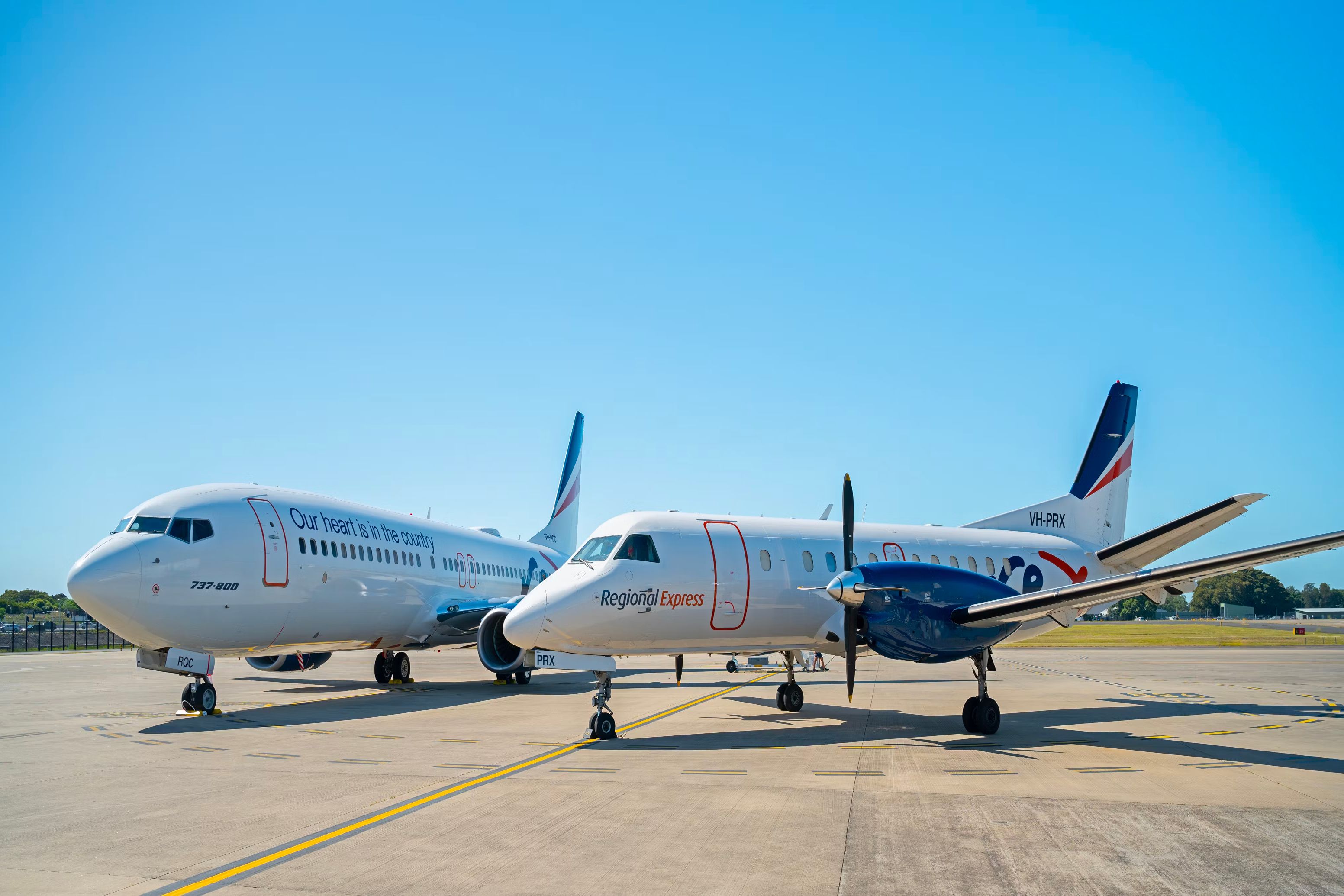
Related
Rex’s Boeing 737s And Saab 340s Retain Australia’s Most Reliable Airline Crown
Australia’s domestic airlines are collectively letting the traveling public down with on-time performance significantly behind long-term averages.
Each month, Australia’s Bureau of Infrastructure and Transport Research Economics (BITRE) produces its Domestic Airline On Time Performance report detailing the on-time performance and flight cancelation rate for the nation’s domestic airlines. According to the BITRE report, the all-airline cancellation rate for May was an exceptional 2.1%, the first time it has bettered the long-term average of 2.2% in years.
Photo: Peterfz30 | Shutterstock
Out of its 6,024 scheduled flights in May, Rex canceled just 49 or 0.8%, compared to Qantas at 2.6%, Virgin Australia at 2.1%, and Jetstar at 1.1%. It should be noted that Rex has been around or below the 1% mark for more than 12 months, while its domestic rivals have fluctuated up and down the scale at various times. It has clearly been the nation’s most reliable airline, and just maybe, its performance has spurred on the larger airlines to get their act together, which until this month has been well below par.
Photo: A Periam Photography | Shutterstock
In May, the on-time departure rate for all airlines was 79.6%, and on-time arrivals reached 78.6%, edging closer to the long-term averages of 82.1% and 80.9%, respectively. Qantas departed 80.6% of flights on time, followed by Rex at 80.1%, Virgin Australia at 78.9% and Jetstar at 76.6%. Qantas flights arrived on time 79.4% of the time, Jetstar 79.1%, Rex 77.1% and Virgin Australia 77.7%., rounding out an exceptional month for Australia’s domestic carriers.
Photo: Suparat Chairatprasert | Shutterstock
A challenge when reviewing the BITRE statistics is how the airlines categorize themselves, their competitors and the routes they operate. That is compounded by how BITRE categorizes the airline’s operations, such as consolidating Rex’s domestic and regional into one figure while separating those out for Qantas and Virgin Australia.
It was interesting to see how Qantas and Rex responded to the June figures. Both airlines sent press releases commenting more on their own strong performances and sharing insights rather than claiming grand titles. It may be time for BITRE to adjust how it presents the monthly data to ensure customers get a clearer picture of each airline.
What do you think of Australia’s on-time performance? Let us know in the comments.

